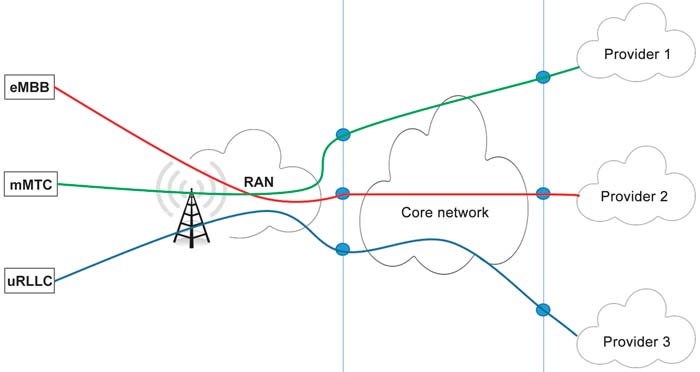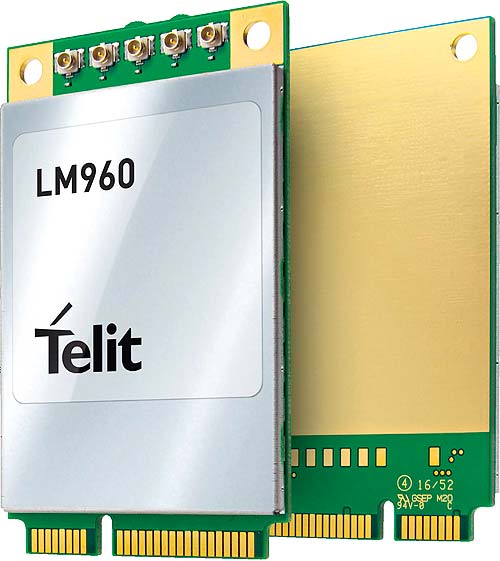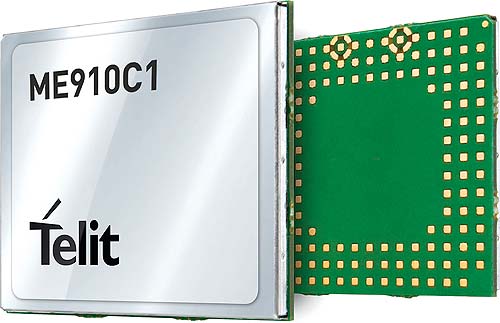 2020 will be the year when 5G, the fifth mobile generation, is launched commercially worldwide. It is not long until then, but many companies are, nevertheless, currently faced with the question of whether it is wiser to wait with corresponding applications or whether solutions already exist today.
2020 will be the year when 5G, the fifth mobile generation, is launched commercially worldwide. It is not long until then, but many companies are, nevertheless, currently faced with the question of whether it is wiser to wait with corresponding applications or whether solutions already exist today.
In order to assess whether developments should better be implemented now or after the launch of 5G, it is necessary to take a closer look at the objectives to be achieved with the new standard. They basically apply to three main topics:
- eMBB – enhanced mobile broadband. Data transfer rates of up to 20 Gbps pave the way for the digital lifestyle of end consumers. In addition, eMBB is a prerequisite for applications that have a high bandwidth requirement, e.g. high definition videos as well as virtual and augmented reality.
- mMTC – massive machine type communications addresses the challenges of stable and ubiquitous network coverage in urban areas with a very high connection density of MTC devices. MTC devices are characterized by a battery life of more than 15 years and low hardware costs, as is necessary for smart city or smart agriculture applications. The main objective of 5G is to support one million such connections per square kilometer.
- uRLLC – ultra-reliable and low latency communications. Latency times of below 1ms are prerequisites for reliable and time-critical applications, such as autonomous driving, car-to-car and car-to-everything communication or predictive maintenance based on cloud computing.

Figure 1: Peaceful coexistence: Network slicing distributes applications to various virtual networks to ensure eMBB, mMTC, and uRLLC can be used simultaneously.
Network slicing
Another fundamental innovation that 5G will deliver is network slicing. This allows the three core areas eMBB, mMTC, and uRLLC with their varying requirements to coexist within the same physical networks without disturbing each other. Network slicing is a type of virtual network architecture that uses the same principles as software defined networking (SDN) and network functions virtualization (NFV). SDN and NFV are both technologies that can already be implemented under LTE to increase flexibility and scalability within a network. The hardware and software are decoupled from each other, thereby enabling further network infrastructures to be programmed. This means that different end devices can enter a network via the same radio access network (RAN) but can then be divided into various virtual networks according to their actual application. They remain in these networks up to the network provider or the data center in which the contents and applications are hosted. (Figure 1) Even if SDN and NFV can already be implemented within LTE networks, only network slicing under 5G really allows all the services to run through one and the same physical network – from the emergency call service, which depends on a robust and time-critical 24/7 network, to the private user sitting in the street café reading the latest news online.
Many things are already possible today
Under 4G, or with LTE, LTE-Advanced, and LTE-Advanced-Pro, basic technologies have already been created that are fully or partially incorporated into 5G. They form the basis for the introduction of the new mobile radio generation and already support certain 5G targets completely or at least to a large extent.
With regard to eMBB, several carrier components can already be combined under 4G through carrier aggregation (CA) to thus create a broader data line. The multiple antenna method massive-multiple input multiple output (M-MIMO) enables more simultaneous data strings, while license assisted access (LAA) allows for the use of the unlicensed frequency spectrum above 5GHz.
3GPP release 13/14 with LTE-M (also known as eMTC / enhanced machine type communications) and NB-IoT has already created the basis for the implementation of mMTC. Both technologies in the LTE Category 0 range offer additional features, such as power saving mode (PSM) or extended discontinuous reception (eDRX). These functions can wake up devices periodically in order to send very small amounts of data and then immediately put them back into sleep mode. This allows the devices to “sleep” most of the time, thus helping to extend the battery life significantly. Maximum coupling loss (MCL) already ensures increased coverage, as is also the aim with mMTC.
The 3GPP release 12 already contains requirements for reducing latency times – a target within the framework of uRLLC. However, considerable improvements can only be expected with the introduction of 5G.

Figure 2: One of the first LTE-Advanced Cat. 18 cards in Mini PCI Express format: Telit’s LM960. (Source: Telit)
LTE Cat. 18, LTE-M, and NB-IoT as a first step towards 5G
This means: Companies can already start their development of IoT solutions today. The LM960 Mini PCIe card from Telit, for example, is available for implementing eMBB, i.e. higher data transfer rates (Figure 2). The LTE-Advanced Category 18 solution enables downlink speeds of up to 1.2 Gbps with the 4×4 MIMO mode. Thanks to CA, it can support up to five carrier components, while LAA ensures better penetration in buildings.
Telit offers the ME910C1 LTE-Cat.-M1/NB1 family for mMTC applications (Figura 3). It combines LTE-M and NB-IoT and provides high energy efficiency thanks to features such as PSM (power saving mode) and eDRX. MCL increases the level of coverage.
Conclusion
With 5G, it is possible to look forward to many technologies and improvements that are essential for applications in the uRLLC sector, such as connected cars or autonomous driving. For eMBB and mMTC applications, it is recommended, however, to start with development immediately. Suitable solutions are already available from various suppliers. When making their choice, developers receive competent support from Rutronik’s wireless specialists. This means that companies will not lose any investments until the start of 5G in 2020, will be able to make their applications IoT-capable today, and will still benefit from 5G tomorrow.
On the home straight to 5G:
- December 2017: First part of the – 5G NSA (non-standalone) – specification completed. It can be used to extend 5G mobile technology on the basis of 4G core networks.
- June 2018: The second part of the 5G NR (new radio) specification – 5G SA (standalone release 15) – is available. Its core consists of a new end-to-end network architecture that enables particularly short latencies of up to less than 1ms. 5G SA will be anchored on its own 5G core.
- Today: Together, both parts create opportunities for new developments and business models that herald a new era of comprehensive networking.
Author: Anja Schaal, Senior Marketing Manager Wireless
Rutronik | https://www.rutronik.com
![]()




